Triathlon training is very demanding on our time and even the best plan will create time issues when we have so many other at times uncontrollable issues to deal with such as family, jobs and general life!
I have talked before about the key to success in endurance sport being down to consistency of training over a prolonged period of time, looking back its quite uniform that if an athlete commits to a program and that program becomes part of life the level of performance will continue to rise until reaching a level beyond initial expectations at between 3-4 years.
You want to succeed in endurance sport you simply need to get the job done – its making sure the job is right that we need to focus on.
The initial process of setting up a plan is tough as we all want to maximize the number of hours available to train. We look at our lives and pick a number of hours that we feel is available to train. In general I will knock about 20% off this number and use this as a base for plans – this is a much more realistic number and a number the athlete is likely to hit long term week by week without suffering burnout.
When I say burnout I am not talking about over-training, simply mental fatigue from being in a constant rush from one thing to the next to fit everything into the day. There is only so long we can maintain that level of business without breaking down in some form and for athletes it gets to a point where training simply stops for a period of time.
So let’s say you think you can train 16 hours a week, take 20% off this and we are now at 12 hours a week – a good number and one that I have seen produce Kona qualifiers from athletes new to the sport within 3 years. So the goal is to set up a plan that fits around your life and will not have you feeling permanently rushed. Once set, it’s time to GET THE JOB DONE week after week after week!!
Now we come to the hard part and that is putting the training into your life list. We all make lists to some extent but some of us are really into our lists and if a task is added to the list IT HAS TO BE DONE and all is not right in the world if something is not done!!
I am certainly not saying you need to go to that extent to be successful but there are lessons from these individuals we can apply to make it easier to get the work done.
One of the first steps is knowing your plan and knowing what you have to do every day. Once we know that, we can go ahead and create our list. This is best done at night; spend 5 minutes reviewing the day and then writing out the list for the next day. With such busy lives the addition of triathlon training makes things even busier and being able to complete tasks early in the day is key to getting things done. If at all possible try to get training done early as this prevents thinking about training all day and building things up in your head.
Also if you have a family at home completing training before the rest of the house wakes up will free up your time to spend with the family and you will find you’re much more productive in the morning without any distractions.
So you have planned your morning training session to start the day, before going upstairs to sleep make sure you have everything you need for the session, if need be have a checklist at hand – very easy to put one of these together once you have your training plan put together.
As a coach I have seen so many little mishaps get in the way of training, for example turning up to the pool only to discover your swim trunks and towel are sitting on a radiator at home instead of in your swim bag – this one seems to be a regular occurrence! Another classic is going to the gym for a treadmill run only to discover you have forgotten trainings or as one of my athletes always seemed to be missing one shoe for such sessions, funny but at the same time the regular missing of sessions like this is why the performance level in races ends up being below expectation.
SWIM BAG – towel, goggle, swim suit, wetsuit if open water session, shampoo, work cloths if heading to work after.
BIKE
- Check tires are inflated night before – nothing kills time like having to fix a flat
- all kit for riding indoors and outdoors if necessary as weather is unpredictable
- Watch, power meter, Di2 all charged if needed
- if your riding to work do you have work cloths ready
RUN
- Run shoes, run kit for weather possibilities
- Watch charged
- Work cloths ready for after session
Everyone’s lists will be a little different but you can see by being prepared you can maximize your time and limit reasons for not getting the training done.
Lastly learn to a little flexible, I mentioned above those athletes that simply have to get the list done or all is not right in the world – the major disadvantage of this mentality is that if something goes wrong this athlete can’t see past the session. So for example if the session was a 1 hour ride with 30minutes of intervals at race pace, what happens if you wake up and find your tire has burst overnight and requires fixing? This process might take 10minutes and so the window for training which you had at 1 hour might now be just 50 minutes – it is surprising how many athletes will simply see the session as lost and do nothing, always remember something is better than nothing, you may not be able to do the full session but you can still get a solid workout in and make sure the body gets some training stimulation.
So you want to make that next step in your training and up your performance levels, start creating your lists and spend a little time each evening making sure your set for the next day and you will make much better use of your time and end up missing less training sessions due to little mishaps!
Enjoy your training, plan and get the job done!!
Alun “Woody” Woodward
ironguides is the leading Lifestyle Facilitation company for athletes of all abilities. We provide coaching and training services, plans and programs, as well training education, health and fitness products to help you learn and live a healthy lifestyle. Come get fit with one of our monthly training subscriptions, event-specific training plans, coaching services, or a triathlon training camp in an exotic location! ironguides also provides Corporate Health services including Corporate Triathlons, Healthy Living retreats and speaking engagements. Atironguides, your best is our business!
More info at www.ironguides.net
–
Train with ironguides!
Download our free e-Book “Triathlon Secrets” – Training methods of olympic medalist, ironman and world champions revealed
Personalized Online Coaching: Starting at USD190/month
Monthly Training plans (for all levels, or focused on one discipline): Only USD39/months
Event based training plans:
Sprint Distance (USD45 for 8-week plan)
Olympic Distance (USD65 for 12 week plan)
Half Ironman (R$95 for 16-week plan)
Ironman (USD145 for 20-week plan)
X-Terra (USD65 for 12-week plan)
Running Plans (10k, 21k and 42k – starting at USD40)

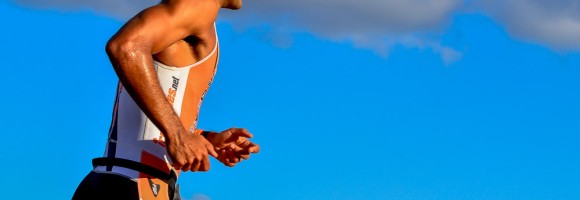


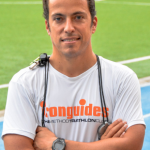
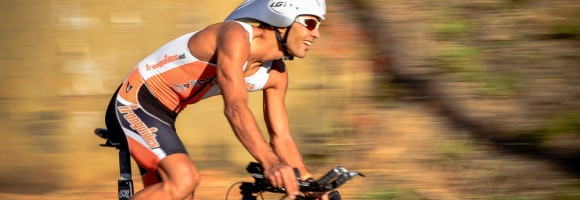
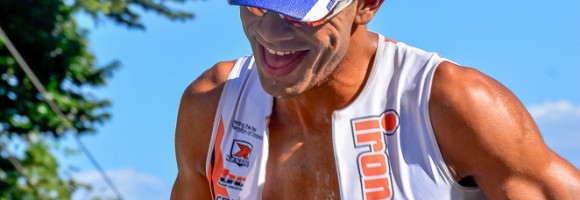
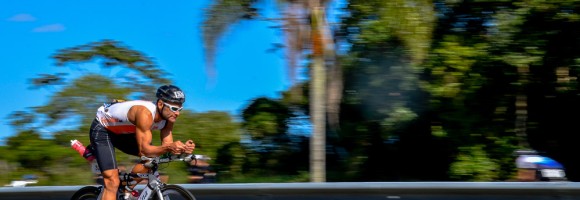
Recent Comments